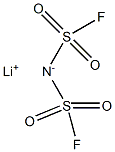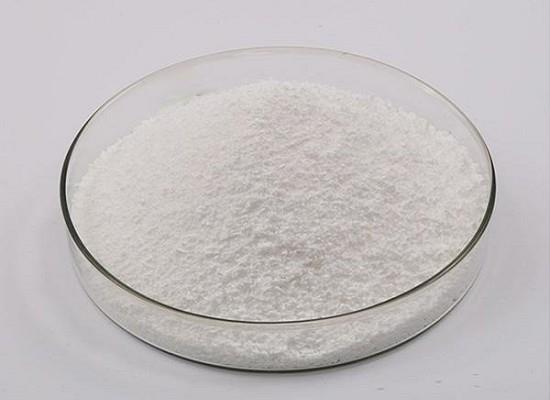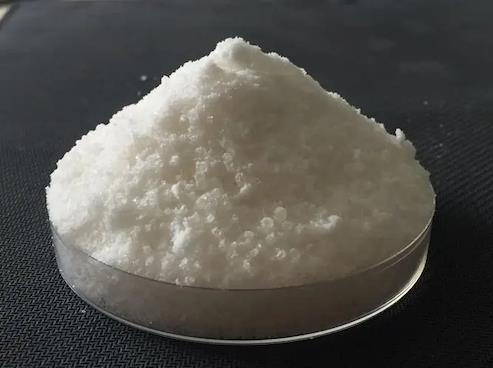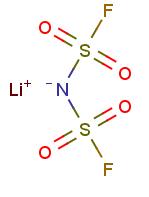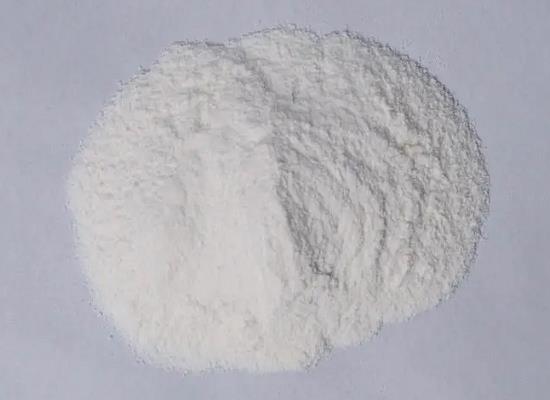Lithium Bis(fluorosulfonyl)imide: Role and Mechanism in Stabilizing the LiTPA Electrode
General Description
Lithium Bis(fluorosulfonyl)imide is a crucial electrolyte additive in lithium-ion batteries due to its high ionic conductivity, thermal stability, and solubility in non-aqueous solvents. Lithium Bis(fluorosulfonyl)imide enhances battery performance by stabilizing the LiTPA electrode through the formation of a robust solid electrolyte interphase (SEI) layer. The electrochemical decomposition of Lithium Bis(fluorosulfonyl)imide generates insoluble inorganic products like LiF, Li2SO4, and Li3N, which improve mechanical integrity and ionic conductivity at the electrode-electrolyte interfaces. This mechanism contrasts with LiPF6-based electrolytes, leading to enhanced cycling stability and longevity of LiTPA electrodes. Lithium Bis(fluorosulfonyl)imide's unique properties make it a valuable component for advanced battery technologies in electric vehicles and portable electronics.
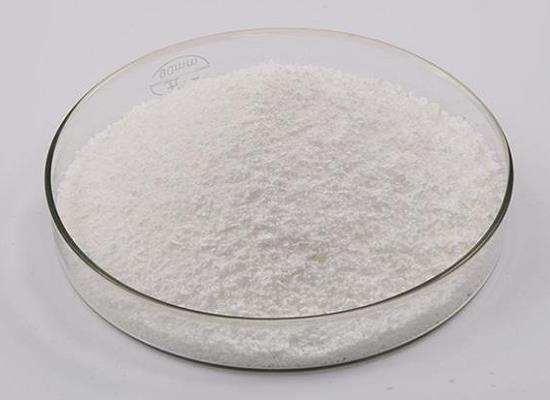
Figure 1. Lithium Bis(fluorosulfonyl)imide
Overview
Lithium Bis(fluorosulfonyl)imide, commonly abbreviated as LiFSI, is a salt compound that exhibits remarkable electrochemical properties. Characterized by its high ionic conductivity and excellent thermal stability, Lithium Bis(fluorosulfonyl)imide has emerged as a promising electrolyte additive in lithium-ion batteries. Its fluorosulfonyl groups contribute to its exceptional solubility in non-aqueous solvents, enabling efficient ion transport within the battery system. Furthermore, Lithium Bis(fluorosulfonyl)imide's low viscosity and high electrochemical window enhance the performance of batteries, particularly in terms of energy density and cycling stability. Its unique properties make Lithium Bis(fluorosulfonyl)imide a valuable component in the development of advanced battery technologies for various applications, including electric vehicles and portable electronics. 1
Role in Stabilizing the LiTPA Electrode
The role of Lithium Bis(fluorosulfonyl)imide in surface characterizations of the LiTPA electrode is crucial in stabilizing the interphases during cycling. Through SEM, EDX mapping, and XPS analysis, the impact of Lithium Bis(fluorosulfonyl)imide on the morphology and composition of the electrode surface was investigated. The LiTPA electrodes in LiFSI-based cells exhibited lower porosity compared to LiPF6-based cells, indicating that the SEI layer formed in Lithium Bis(fluorosulfonyl)imide electrolytes helps suppress volume changes during cycling. EDX experiments revealed the distribution of elements, showing the presence of additional signals related to anions and decomposition products in Lithium Bis(fluorosulfonyl)imide and LiPF6-based samples. XPS measurements provided further insights into the chemical composition of the electrodes. Comparing C 1s spectra, LiFSI-based samples showed minor changes in sp3 carbon bonds compared to LiPF6-based samples, indicating suppression of carbonate solvent breakdown. F 1s spectra analysis revealed the accumulation of LiF on cycled LiTPA electrodes in LiFSI-based samples, enhancing the mechanical integrity of the SEI layer. The presence of lithium sulfate and lithium nitride in LiFSI-based samples suggests enhanced ionic conductivity at the anode-electrolyte interphases. Overall, Lithium Bis(fluorosulfonyl)imide plays a significant role in SEI formation on the LiTPA electrode through electrochemical decompositions, leading to the generation of products like LiF, Li2SO4, and Li3N. These products contribute to improving the mechanical strength of the SEI layer and facilitating the transport of lithium ions at the electrode-electrolyte interfaces. The findings highlight the importance of Lithium Bis(fluorosulfonyl)imide in enhancing the stability and performance of LiTPA electrodes in lithium-ion batteries. 2
Mechanism in Stabilizing the LiTPA Electrode.
The mechanism underlying the stabilization of the LiTPA electrode by Lithium Bis(fluorosulfonyl)imide (FSI−) involves its electrochemical decomposition and subsequent formation of insoluble inorganic products, primarily LiF. Unlike PF6− anions, which remain inert and contribute to electrolyte breakdown, the insoluble FSI− products bolster the mechanical integrity of the anode-electrolyte interphase. This decomposition transpires at a comparatively high reduction potential, prompting early LiF and other insoluble species formation. These inorganic products, including LiF, fortify the mechanical stability of the solid electrolyte interphase (SEI) layer, diminishing carbonate solvent decomposition and enhancing SEI's ionic conductivity. Moreover, the presence of Li2SO4 and Li3N further amplifies the ionically conductive and mechanically robust characteristics of the SEI layer. Consequently, the LiTPA electrode demonstrates sustained cycling performance within Lithium Bis(fluorosulfonyl)imide-based electrolytes, diverging from the thick and resistive SEI layer typical of LiPF6-based electrolytes. By fostering the formation of a stable and conductive SEI layer, Lithium Bis(fluorosulfonyl)imide serves as a pivotal component in enhancing the performance and longevity of LiTPA electrodes in lithium-ion batteries. 2
Reference
1. Lithium bis(fluorosulfonyl)imide. National Center for Biotechnology Information. 2024; PubChem Compound Summary for CID 86277430.
2. Wu H, Feng W, Armand M, Zhou Z, Zhang H. Lithium Bis(fluorosulfonyl)imide for Stabilized Interphases on Conjugated Dicarboxylate Electrode. ACS Appl Mater Interfaces. Published online December 11, 2023.
Related articles And Qustion
Lastest Price from Lithium Bis(fluorosulfonyl)imide manufacturers
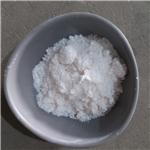
US $0.00-0.00/KG2025-04-15
- CAS:
- 171611-11-3
- Min. Order:
- 1KG
- Purity:
- 99%
- Supply Ability:
- 500000kg
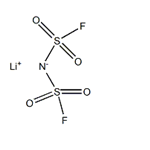
US $0.00-0.00/kg2025-04-04
- CAS:
- 171611-11-3
- Min. Order:
- 1kg
- Purity:
- 98%
- Supply Ability:
- 1Ton
